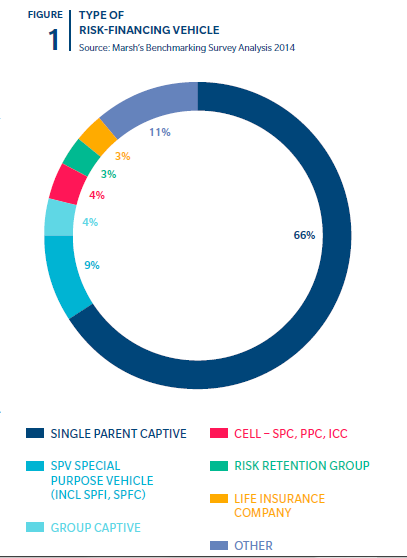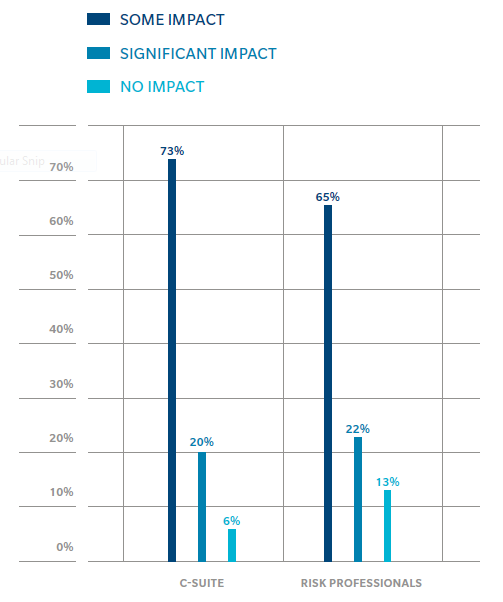A new study, “The Valuation Implications of Enterprise Risk Management Maturity,” released by the Journal of Risk and Insurance, has found that organizations exhibiting mature risk management practices realize a value growth potential of up to 25%.
The survey is the first wholly independent research project that confirms the value connection of mature enterprise risk management practices in organizations.
Using data from the RIMS Risk Maturity Model (RMM) gathered from 2006 to 2011, Mark Farrell, the paper’s author and the actuarial science and risk management program director at Queens University Management School of Belfast (QUMS) and Dr. Ronan Gallagher of the University of Edinburgh Business School, provided evidence through this research that firms that have reached mature levels of enterprise risk management qualities exhibit a higher firm value.
The broad data set encompassed publicly-traded organizations from a variety of industries. Nearly half the data tabulated by the researchers were submitted by RIMS members.
The study’s authors reported that “firms that have successfully integrated the ERM process into both their strategic activities and everyday practices display superior ability in uncovering risk dependencies and relationships across the entire enterprise and as a consequence enhanced value when undertaking the ERM maturity journey.”
The authors added, “Upon decomposition of the maturity score, we find that the most important aspects of ERM from a valuation perspective relate to the level of top-down executive engagement and the resultant cascade of ERM culture throughout the firm.”
The RIMS Risk Maturity Model for Enterprise Risk Management (RIMS RMM), was developed in 2005 by risk professionals and LogicManager, and is a free assessment tool for risk professionals and executives to develop and improve sustainable enterprise risk management programs. This online resource allows organizations to score their risk programs and receive an immediate downloadable report.
The report provides information not only on current maturity levels, but offers ideas on what it may take to achieve a higher level of maturity in each of seven attributes.
“One of the biggest challenges in implementing an enterprise risk management program is articulating the value that it brings,” said Carol Fox, RIMS director of strategic and enterprise practice. “This research makes that value link quite clear. Although the study necessarily focused on publicly traded companies, the value proposition of enterprise risk management applies to not-for-profits and the public sector as well. In highlighting this research, we hope that more organizations will take advantage of the RIMS Risk Maturity Model to improve their risk practices and, in turn, create additional enterprise value.”
Steven Minsky, CEO of LogicManager and developer of the RIMS Risk Maturity Mode noted, “Boards and ERM committees now have an actionable internal road map and a corresponding return on investment measure to improve their enterprise risk management maturity from whatever level they are at today.”


